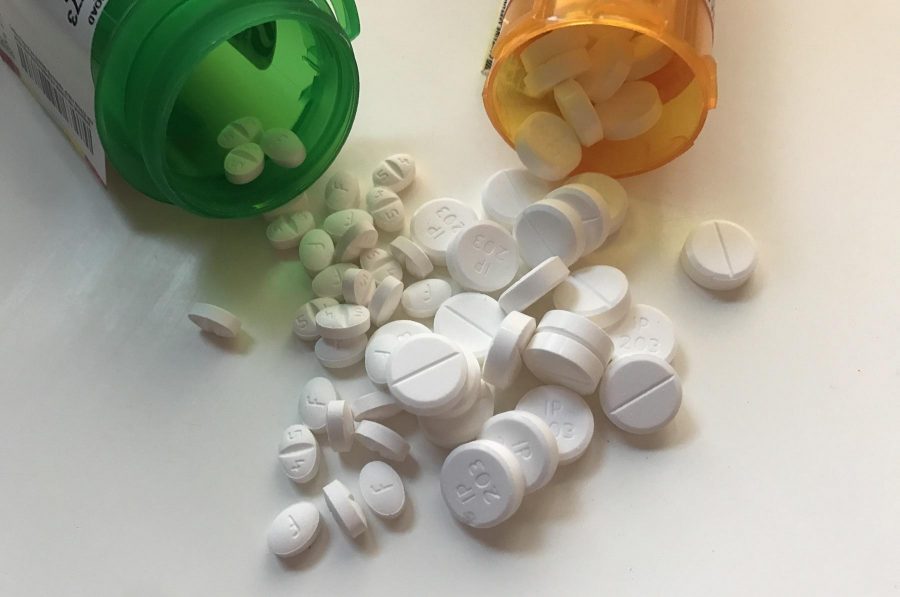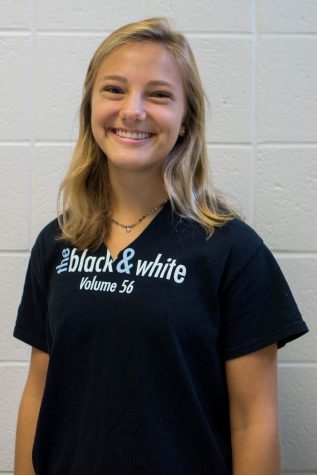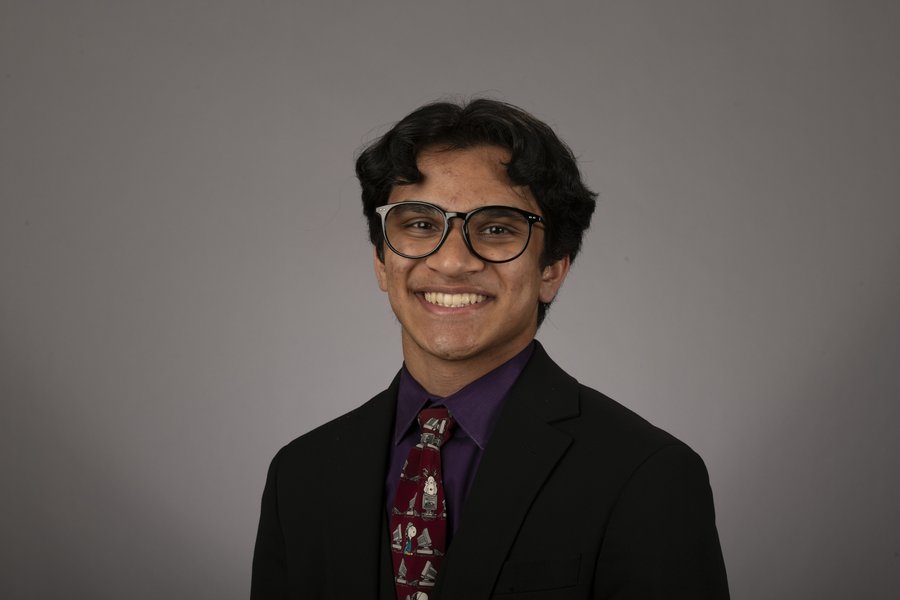The opioid epidemic: a national crisis hits close to home
March 10, 2018
It was 8:30 a.m. when Deborah Werner found her son collapsed on the shower floor in his childhood home. The water was left running, his face had turned blue and by the time the paramedics came, it was too late. He was 27.
Jamie Werner (’07) was a cooking enthusiast, a beloved lineman coach for the football team, a compassionate educator for special-needs students, a loyal and caring brother and a selfless son. But on Feb. 9, 2017, Werner became one of the thousands of Americans who die from opioid overdose each year. His family’s grieving became a case study in the wreckage that a nationwide epidemic is leaving behind.
Opioids—a highly addictive class of drug prescribed by physicians for pain management, but also used illicitly to experience a high—were directly involved in the deaths of more than 42,000 Americans in 2016, according to the Centers for Disease Control and Prevention, a five-fold increase since 1999.
Whitman was rocked this fall by the death of Alec Spear (‘15) Nov. 11. The University of Maryland junior was a popular student and played football for the Vikings. The cause of death was identified in a toxicology report as acute heroin poisoning.
“Unfortunately, there is not a ‘Bethesda bubble’ when it comes to the use of illicit drugs by our young people,” said Alec’s father, Scott Spear, in a Feb. 27 email. “It is important for our community to understand the reach of this epidemic.”
The majority of opioid-related deaths are caused by illegal opioids like heroin and fentanyl; however, addiction usually begins with prescription painkillers. Many, including former emergency medicine physician Tom Fuchs (’70), believe that the mishandling and overprescription of painkillers played a major role in creating the opioid crisis.
“Doctors are under pressure to see patients faster,” Fuchs said. “And I think one way to accomplish that is just to write a prescription for somebody for pain medicine to just get them out of the office so they can move on to the next patient.”
Fuchs explained that emergency physicians like himself saw this pattern emerge years before the epidemic began appearing in national headlines.
“I could have seen this coming for five years or so,” he said. “And it’s only in the last couple years that people are throwing their hands up going, ‘Whoa, we have a big problem.’ We could have told you a long time ago that there was a huge problem and a growing problem.”
After a junior girl underwent hip surgery in 2016, her doctor prescribed her 30 Oxycodone pills, which were to be taken regularly for a few weeks, she said. Her parents stopped giving her the medication after only one week.
“The doctors don’t want you to be in pain and they want you to have that option so that if you need more, you can have it,” the student said. “But then for people who are older, who don’t have their parents monitoring it, there could probably be more of an issue with managing that kind of amount.”
In 2012, the CDC reported that there were between 72 and 82.1 opioid prescriptions per 100 people in Maryland. The American Society of Addiction Medicine reported in 2015 that 276,000 teens aged 12-17 were current non-medical users of pain relievers with 122,000 of them having an addiction to prescription opioids.
Kelly O’Connor (’06) was in her early 20s when she first began using OxyContin, a powerful prescription painkiller. She quickly became hooked and turned to heroin as her dependence and tolerance built. Her addiction brought painful cycles of treatment and relapse, her mother, Helen Najar, a current Whitman parent, explained.
“When she was using, her behavior was very erratic, she would lie and she was very manipulative,” Najar said. “All the counseling in the world doesn’t make a mother sleep at night because you’re afraid you’re going to get a phone call. I was living in constant fear all the time.”
At 28, O’Connor fatally overdosed, leaving her mother to grieve.
“It’s horrible,” Najar said. “You wish anything that you could have your child back. As hard as the struggle toward recovery is, you would still go back to that for more time with your child.”
As addiction rates surge, a new opioid has begun to terrorize the market, further raising the risk of these drugs. Fentanyl—an opioid that’s 50-100 times stronger and more addictive than heroin, making it lethal in miniscule quantities—is now commonly found in many illicit drugs, The New York Times reported. However, many users don’t realize when fentanyl is present, making an overdose far more likely, Capt. Paul Liquorie of the Montgomery County Police Department explained.
While patrolling the outskirts of downtown Bethesda a few months ago, MCPD officers found teenagers smoking marijuana in an empty garage, Liquorie recounted. After searching the area, the officers found pills that they wrongly assumed to be Xanax or molly, a common psychoactive drug.
“The drugs were actually methamphetamine, fentanyl and other things,” Liquorie said. “I know there are often times young people who experiment with Xanax and some other drugs where they might think that it’s somewhat innocuous or they’re aware of other people who have experimented with it and had no ill effects. But, in this case, they truly didn’t know what they were getting, and they could have something that could be fatal on its first dose or literally addictive for the rest of their life.”
Because of the dangers opioids, particularly fentanyl, police forces are changing their approach. What used to be a criminal justice issue in the eyes of the law has become an issue of public health and safety.
“We understand that we aren’t going to be able to arrest ourselves out of this problem,” Liquorie said.
Combative measures have taken place in schools as well. Maryland lawmakers passed the Start Talking Maryland Act in April 2017, which requires schools to stock the overdose-reversal drug naloxone in health rooms and requires school systems to develop lesson plans on the risks of opioids for students beginning in the third grade.
Principal Alan Goodwin thinks the issue is hard to tackle among high school students.
“What students might need to be educated on is just how addictive it can be and so quickly,” Goodwin said. “Normally what gets that across to students is a death or a near-death situation, so I’m not sure what kind of educational campaign could be the most effective in getting those messages across to students.”
While these measures have been steps in the right direction, Najar believes that individuals have to be willing to engage in candid conversations and take ownership over the issue.
“Everyone knows someone who’s been affected by this crisis,” Najar said. “People shy away and say, ‘That could never be my kid.’ People think it doesn’t happen in Bethesda, it doesn’t happen at Whitman. It’s just not true. It’s happening everywhere. It happened to me.”







